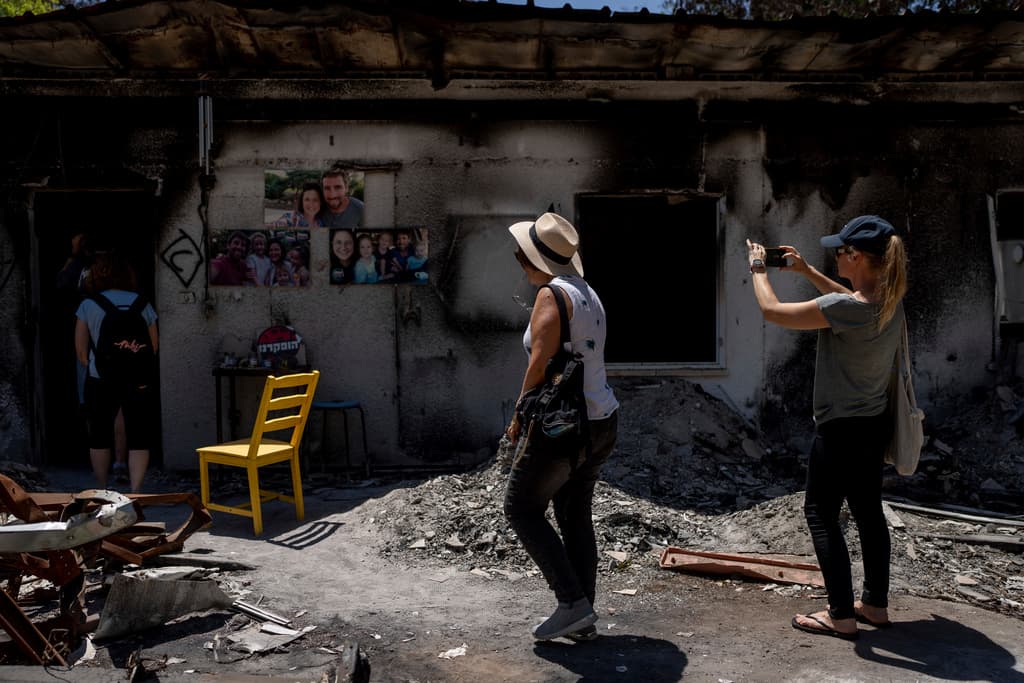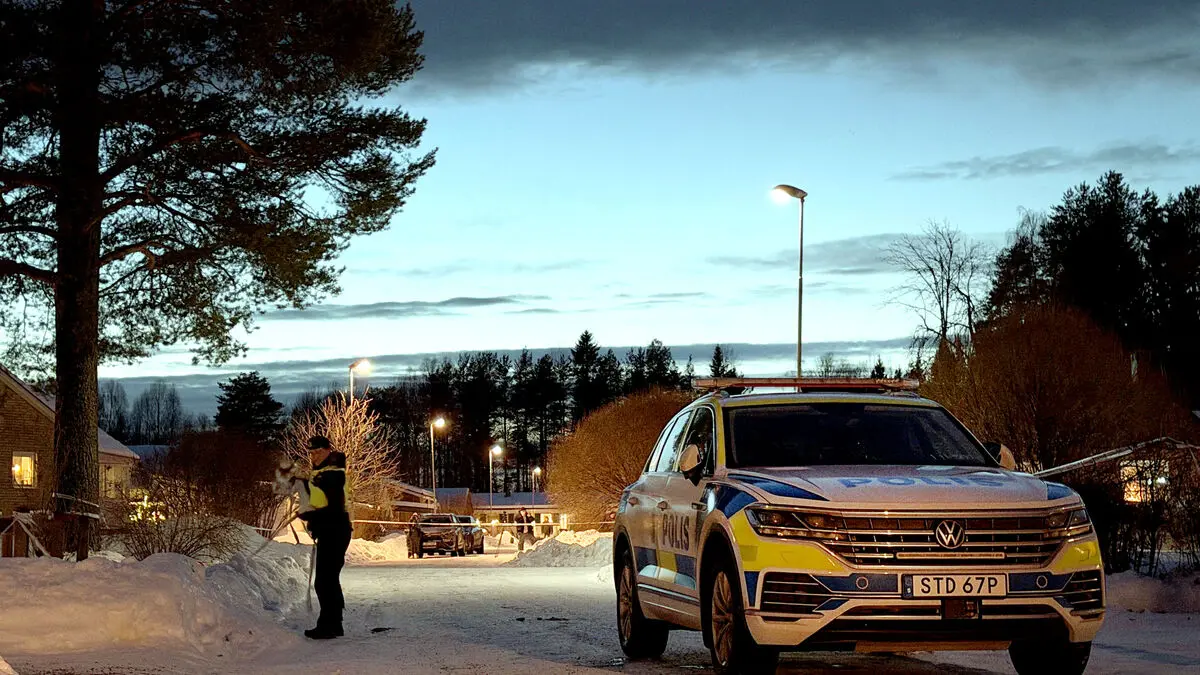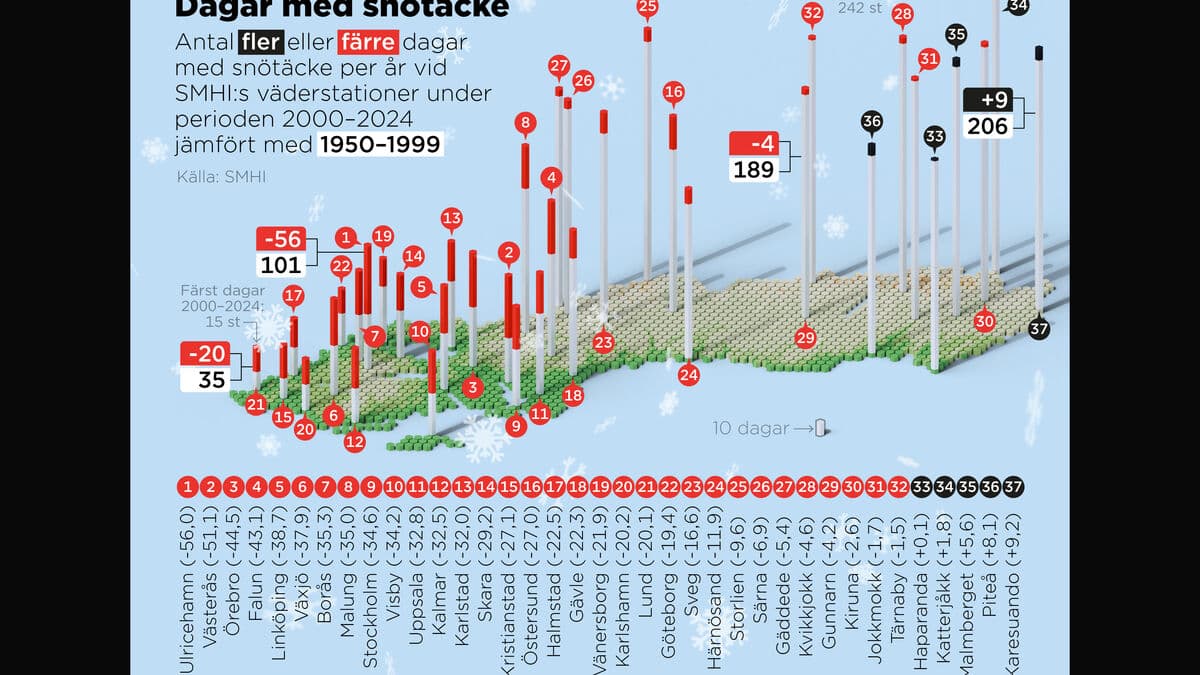Politicians, celebrities, and influencers pose in burned-out houses and bomb shelters riddled with bullets.
Since the October 7 attack, tourists have flocked to a new attraction: Hamas's destruction.
Donald Trump's daughter Ivanka walks through the rubble wearing a bulletproof vest and sunglasses. Comedian Jerry Seinfeld discusses "Seinfeld" with a man whose father was murdered by Hamas. Tech billionaire Elon Musk peers into a crib filled with empty shell casings.
In recent months, a number of famous faces have made so-called "solidarity visits" to places devastated by Hamas's terrorist attacks on Israel in October. Visitors also include former US presidential candidate Nikki Haley, actor Michael Douglas, and TV therapist Dr. Phil – as well as tourists from all over the world, Israeli school classes, soldiers, and police officers.
For many, it's important to come here and feel the acrid smell of death, to imagine their friends or parents here, says Irit Lahav in kibbutz Nir Oz to AP.
Movie Screening
In Nir Oz, more than 20 people were murdered during the worst terrorist attack in Israel's history. Over 80 of the approximately 400 residents were kidnapped to Gaza at the same time. During Irit Lahav's tour, visitors see the spot where the terrorists broke in on October 7, the burned-out house where the three-child family Siman Tov was shot dead – and the remains of the chocolate bars that melted when the kibbutz's grocery store was set on fire.
Another place tourists and dignitaries flock to is the remains of the police station in Sderot, where visitors can see surveillance footage from the October 7 attack.
According to the city's tourism chief, around 200,000 have visited Sderot during the first half of the year – twice as many as a normal year, writes AP.
"No Monument"
The desert area in Re'im, where 364 festival-goers were killed and around 40 kidnapped during Hamas's attack, also attracts thousands of visitors. In a tent near the festival area, virtual tours are offered of three attacked kibbutzim, including Nir Oz.
It feels like I'm in "Fortnite", says an Israeli soldier to AP as he puts on a headset to see the destruction through VR glasses.
But not everyone sees terrorist tourism as unproblematic. Rena Bazar, who guides tourists in Nir Oz, hopes that all destroyed buildings will soon be demolished. The kibbutz is not a monument, she emphasizes to AP.
I don't want children to be affected by the devastation here. Our cemetery is already full. Isn't that enough of a memorial?
The concept of morbid tourism was coined in the 1990s and describes people's fascination with visiting places that have experienced natural disasters, war, death, and misery.
Among examples of disaster-stricken places that attract tourists are the buried city of Pompeii, the Titanic wreck site, the Chernobyl and Fukushima nuclear power plants, Ground Zero in New York, and the concentration camps from World War II.
Whether tourism is a way to keep history alive or an unethical, commercial exploitation of others' suffering is debated.
Saturday, October 7, 2023, the Palestinian Islamist group Hamas launched a surprise attack on Israel. Around 2,500 armed Hamas militiamen broke through the border between the Gaza Strip and Israel in a coordinated manner. Thousands of rockets were fired at Israeli territory.
More than 1,100 people in Israel, the vast majority of whom were unarmed civilians, were shot, hacked, and burned to death. Massacres were committed in kibbutzim and at the Nova music festival held near the border. According to Israel, systematic rapes, torture, and desecrations occurred.
Nearly 250 people, including children, were taken hostage and taken to Gaza by Hamas.
The day after the deadliest attack on Israel in the country's history, the Israeli government formally declared war on Hamas. In extensive and sustained bombings, entire areas of the Gaza Strip have since been reduced to ruins. Israel has vowed to destroy Hamas.
Currently, it is believed that over 100 of the hostages are still being held by Hamas, since some have been released and others have been freed. However, it is unclear how many of the remaining hostages are still alive.
Around 38,000 people have been killed in the Gaza Strip since the October 7 attack, according to the Hamas-controlled health department's figures. Israel's blockade of humanitarian aid to Gaza has simultaneously pushed hundreds of thousands of Palestinians to the brink of a humanitarian catastrophe.





